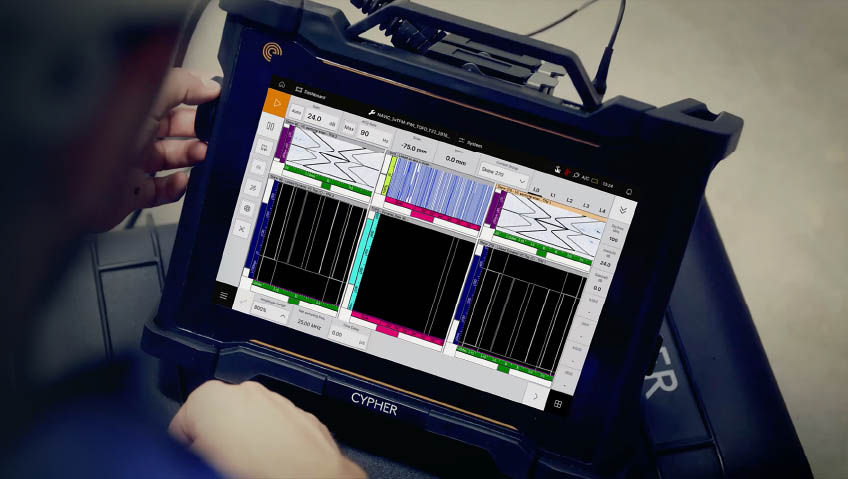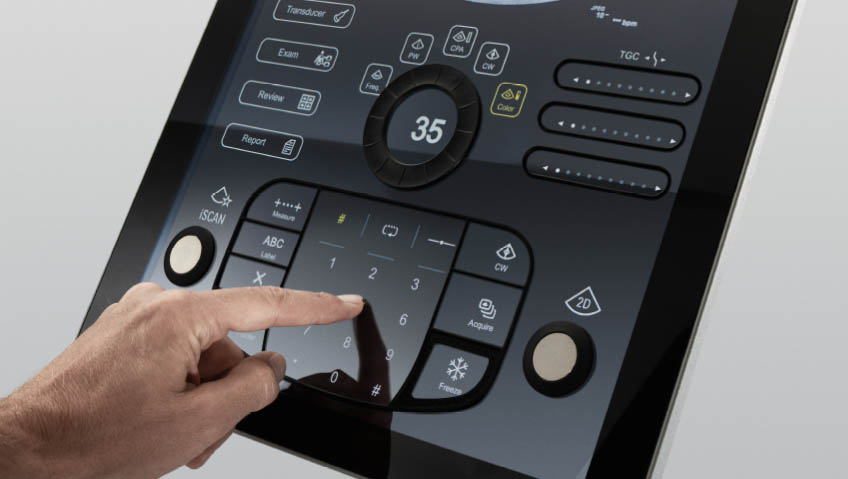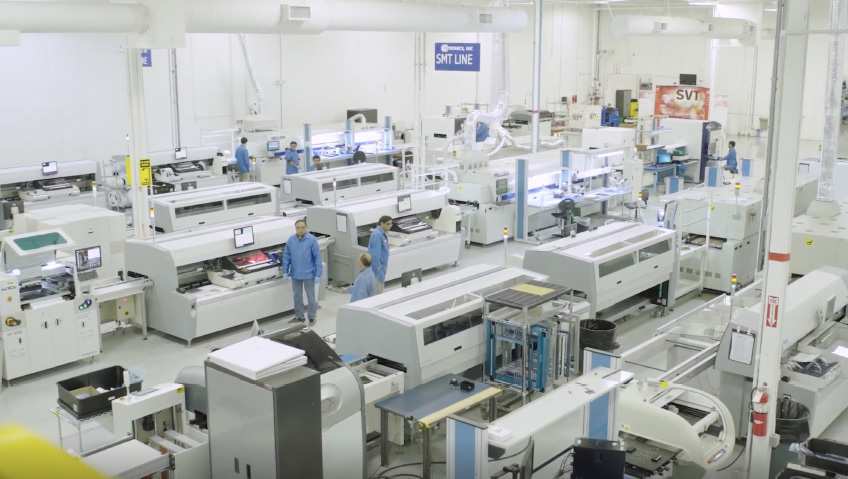From being ‘just a phone’ to compact entertainment centers and portable offices we carry in our pockets, mobile devices have come a long way.
When inventor and teacher of the deaf, Alexander Graham Bell, invented the telephone, transmitting the first words ever, “Watson, come here; I want you,” to his assistant Thomas A. Watson on March 10, 1876, the world did not know what the future of telecommunications would bring.
From early house phones to cabinet phones, large desk phones, rotary phones, touch-tone phones, multi-line office phones and telephone booths, call waiting, call forwarding, caller ID, designer phones, cordless phones, cell phones and Smartphones, phones are devices we use every day. Evolving over time from phones literally bolted to walls to devices small enough to carry in a pocket or purse, it is almost comical to think of the cumbersome ‘portable phones’ of the past, such as the first car phones.
Designed specifically for vehicles and appearing after WWII, these phones weighed a whopping 80 pounds (36 kg) and were limited to three channels in the St. Louis area. If you lived anywhere else, you were out of luck.
Along with radios and other devices, car phones became smaller and more efficient. The early 1970s saw the development of the first mobile handheld phone, which at 4.4 pounds (2 kg) wasn’t exactly portable, compared to today’s versions of iPhones and Androids, which weigh a mere six to seven ounces (170 to 200 grams).
The age of cellular
For the first cell phones and later Smartphones, the technological advances came not only with the devices themselves, but with the batteries powering them.
Massive automobile phones of 1946 – the year they were invented – depended on being hooked up directly to a car battery, and could handle half a dozen calls before depleting the battery. Although batteries became smaller and more efficient over time, the early portable phones of the 1970s needed 10 hours to charge, lasting just half an hour before running out of juice.
When telecommunications and consumer electronics company Nokia released the Mobria Cityman 900 in 1987 – one of the first handheld phones not requiring a separate battery pack – it was revolutionary.
Shooting to on-screen product endorsement fame in the film Lethal Weapon, the phone still weighed a considerable 1.67 pounds (760 grams). With a black retractable antenna (remember those?), the sleek-looking phone cost a staggering USD $4,500.
Part of its success, and its downfall, was the phone’s Nickel-Cadmium (NiCad) battery. Sure, it weighed a lot less than older devices requiring a shoulder strap to lug around, but the battery took at least four hours to charge, providing a talk time of less than an hour.
Making matters worse was the battery’s ‘memory effect,’ an issue with NiCad losing maximum energy capacity from being charged or overcharged after just a partial discharge. For users, the only way to minimize this loss was to completely discharge the battery by bleeding it dry before recharging, which was impractical and inconvenient for most users.
We got the power
Seeing the growing demand for this liberating device from consumers free from scrambling for quarters to use a dirty pay phone, manufacturers like Motorola, IBM, and Orbitel soon jumped on the cell phone bandwagon.
Improving not only the phone but the batteries powering them, 1989 saw NiCads being replaced with Nickel Metal Hydride (NiMH) batteries. While these batteries still had issues, including overheating and the dreaded memory effect, they were thinner and lighter, requiring less time to charge while providing more precious airtime.
Another two years passed when cell phone technology made another great leap, this time with Lithium Ion (Li-Ion) batteries in 1991. Light years beyond previous batteries, Li-Ion was even lighter and thinner than NiMH batteries, didn’t suffer from the memory effect, provided longer standby and talk time, and didn’t contain cadmium or other highly toxic elements found in older batteries.
Talking tech
From 1985’s Motorola Dynatac 8000X to the Mobria Cityman and the enormously popular Motorola StarTAC in 1986 – better known as the world’s first flip phone – early cellular phones were, well, phones. The ability to take pictures, let alone high-resolution photos, record sound, play Candy Crush or surf the internet was still years away.
Early devices could make and receive calls, and were basically a digital Rolodex, able to store phone numbers but not much else. With the advent of small memory cards like MicroSD, cell phones retained much more data, including photos.
Anyone spending time on the internet has inevitably seen the photo tagged “20 years later and all of these things fit in your pocket.” Actually, closer to 30 years today than 20, the image is of a man holding a cassette AM/FM boom box in one hand, and a VHS recorder in the other. He is surrounded by other technologies of the early 1990s, including a Sony Walkman, video tapes, a microcassette recorder, VCR player, an electric typewriter, calculator, and, of course, a land-line phone.
Thanks to ongoing innovation in electronics and design, these once-costly devices not only fit in one’s pocket but are part of today’s Smartphone technology.
Starting at USD $799 depending on memory requirements, the latest iPhone 13 boasts a bright display, a durable CeramicShield display, higher color accuracy, a larger camera with improved night mode, an ultra-fast chip allowing users to alter photos to various cinematic styles, and more.
Even a less expensive Android phone costing around USD $200, like the highly rated Motorola Moto G8 Power, comes with plenty of bells and whistles, including a large 6.4-inch screen with a full HD+ display, 64 GB of memory, and an AI quad-camera system enabling users to take everything from close-up photos to ultra-wide angle panoramas.
Recognizing that more and more Smartphone users regularly play games, music and videos on their devices, the device also boasts dual stereo speakers by Dolby®. Unlike phones of the past, this version comes with a 5000 mAh (milliampere/hour) battery, which means over two days of use on a single charge.
Along with extended battery life and improved sound quality, one of the greatest advances in mobile technology is the built-in camera, which allows for still images and high-resolution videos.
Many devices today, like the iPhone 13 Pro and the iPhone 13 Pro Max, not only rival a digital SLR (DSLR) but surpass them in image quality, with a dual 12 MP f/16 22mm wide lens. With new ultra wide, wide, and telephoto cameras, these phones also take striking photos in low light.
This spells bad news for DSLR makers like Nikon who have seen double-digit slumps in sales in recent years. When last were you at a wedding or concert where someone pulled out a DSLR with a telephoto lens?
Cell phone, meet internet
It is impossible to imagine life today without the internet. When the first Smartphone connected to a 3G network in 2000, there was no going back.
Like other technology, the ability to send and receive emails, do videoconferencing, and share attachments initially came at a steep price because of high data costs. This changed in 2007, when Apple unveiled the first iPhone, which gave buyers the ability to surf the web, just as they would on a much larger desktop or laptop computer.
For humanity, the telephone is still one of the most important inventions of all time. It not only brings us together, but thanks to mobile technology, it is a miniaturized communication device, multimedia player, personal computer and office all in one.
Thanks to mobile technology, we no longer need to describe something to someone when we can instantaneously send a photo, video, or audio file. And thanks to built-in GPS, we can connect to others anywhere from our living rooms to the peaks of mountains.
Ironically the man who started it all – inventor Alexander Graham Bell – refused to have a phone in his study, believing it distracted him from serious work. Today, 145 years after that fateful day, it is impossible to imagine life without the telephone and its many iterations over the decades.






